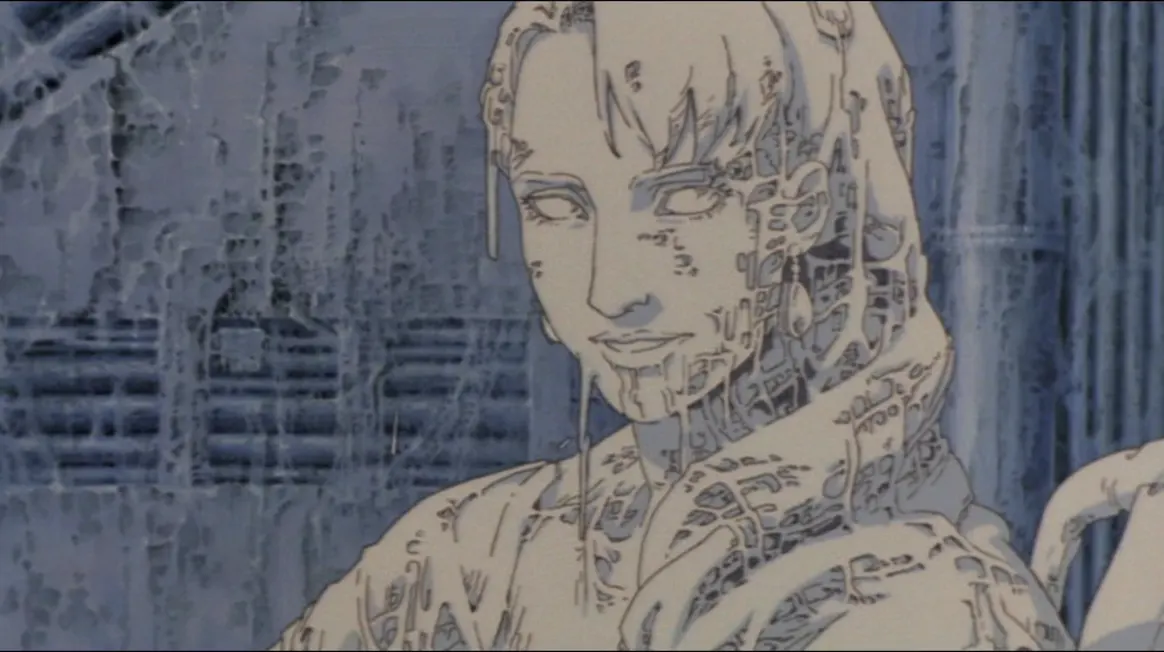
In planning to do a retrospective of the work of Satoshi Kon (Perfect Blue, Millennium Actress, Tokyo Godfathers, Paprika, Paranoia Agent), I thought first I’d look at one of his early works – he was the scriptwriter, layout artist and art director for Magnetic Rose, the first segment of Katsuhiro Otomo’s (Akira, Steamboy, Robot Carnival, Short Peace) anthology film Memories. Adapted by Kon from a short manga written and drawn by Otomo, its dream logic and disorienting absurdity seem to be a perfect match for Kon’s later work. This manga was briefly available in English in the 1990s as part of Mandarin Publishing’s short-lived experiment with the UK manga market. Of their only 4 published volumes, 3 were written by Otomo – Memories, Domu and Akira Volume 1. The other was volume 1 of the funny dinosaur manga Gon by Masashi Tanaka.
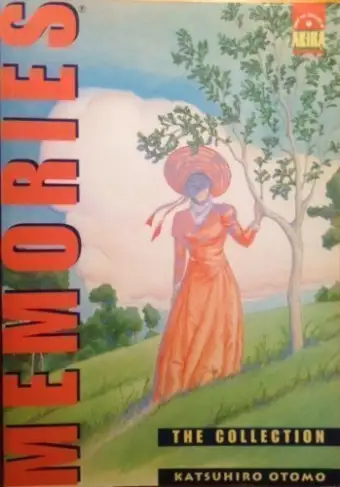
These volumes are all now well out of print. I remember borrowing Memories from the library as a teenager in the late 90’s. A copy on Amazon UK will now set you back £60-70, a significant markup from the original £9.99 RRP. The story Magnetic Rose was originally called Memories. If I recall correctly, none of the movie’s other stories appear in that book. Otomo produced multiple other short manga works, none of them currently available in the West.
For now, we can make do with Memories the movie, unfortunately now also out of print on DVD. As of writing, a single copy is available on Amazon UK for around £18. The region 1 Blu-ray is available used on Amazon US for over $80.
Memories is divided into three segments, all different in tone and content, the only link between them is Otomo as original manga author. Magnetic Rose is directed by Koji Morimoto (Robot Carnival, Short Peace, The Animatrix), animated by Studio 4 °C, and although it first appears to be plausible hard SF about a Planetes-esque space junk salvage crew, it soon becomes a surreal horror more closely aligned to the haunted-house genre.

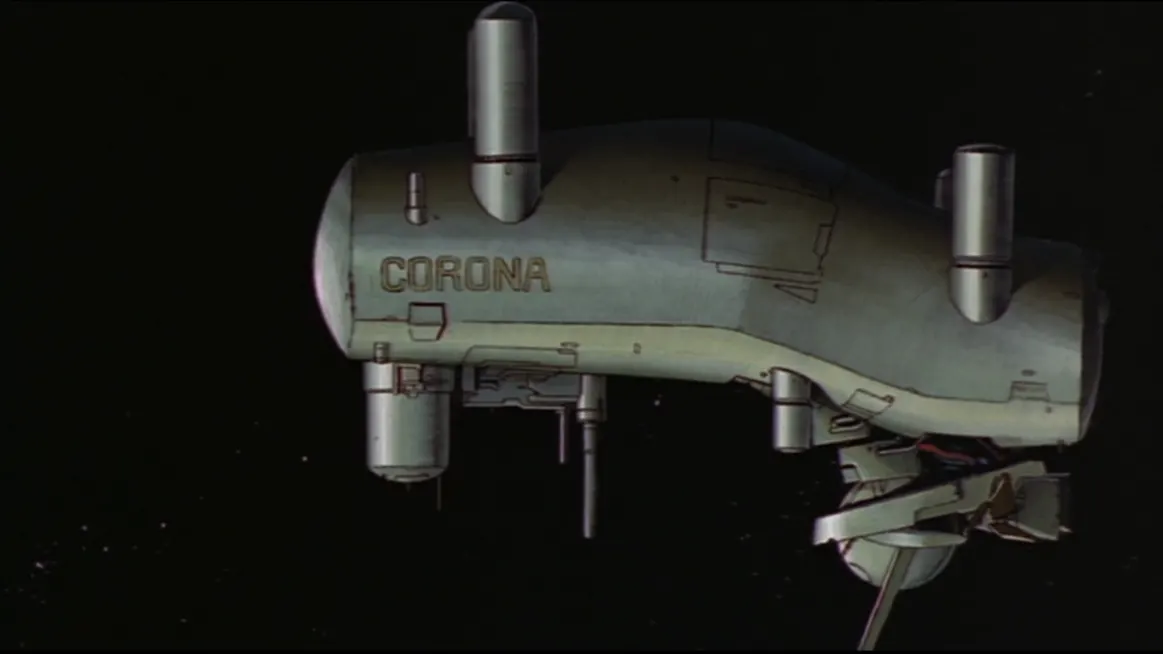
Although salvage vessel the Corona is crewed by four men, we really only get to know two – Miguel, a younger Latino man and Heintz, an middle-aged man of presumably Germanic descent. Following their receipt of a distress call, they are sent to investigate the wreckage of a giant space station surrounded by hazardous debris. Once inside, they discover it has been fitted out to look like a European mansion, all marble pillars and wooden paneling.
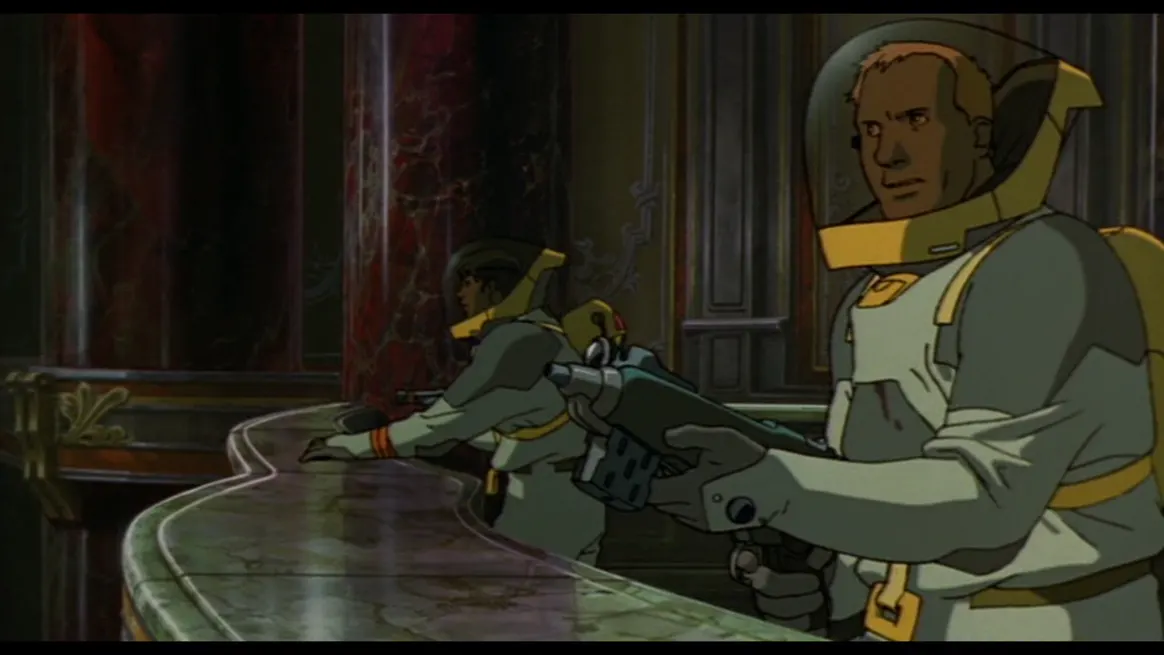
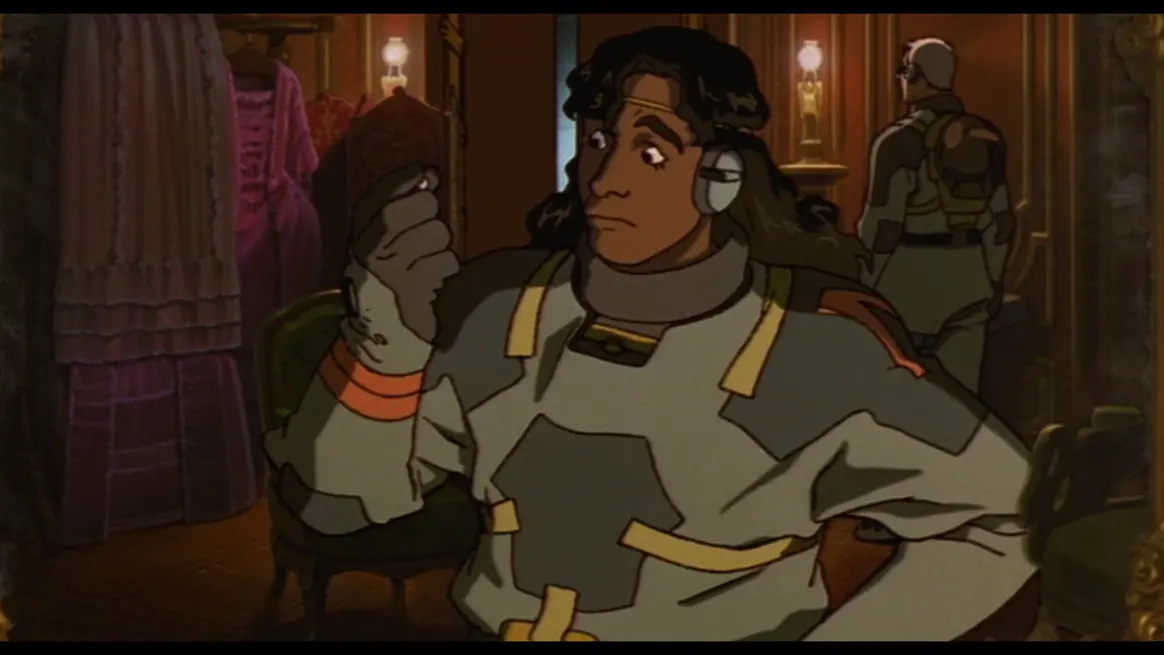
As they explore the enormous, empty structure they soon realise something is far amiss. The food is fake, the remnants of clothing they find disintegrates at the slightest touch and apart from some creepy little cherub-robots, no-one seems to live there. Unsettling apparitions of a beautiful woman appear and disappear, among other supernatural occurrences that intensify as the hapless explorers delve deeper into the station. Once they decide to separate (have these guys never seen a horror movie?) is when the real weirdness erupts.
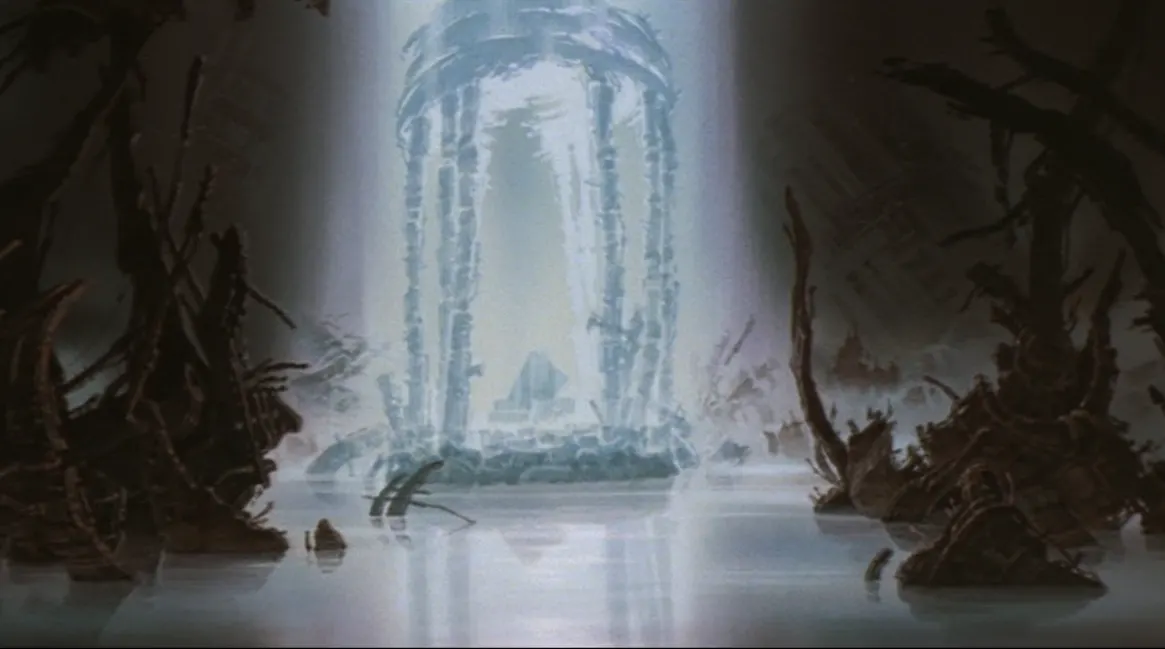
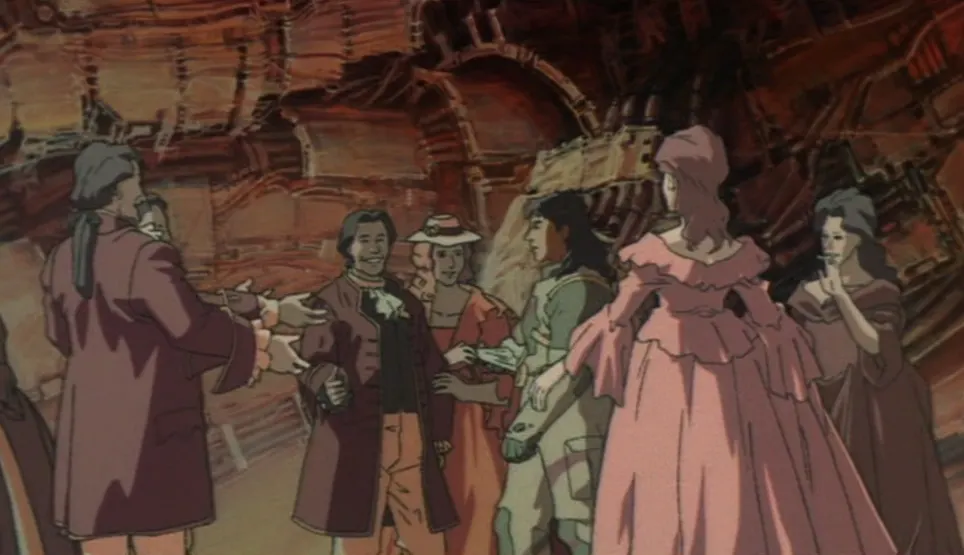
Magnetic Rose never adequately explains whether the experiences of Miguel and Heintz are due to the station’s rogue AI, figments of their imaginations or whether they are at least partially supernatural in origin. The first two options make little narrative sense, so I’m edging towards the third. This is a story more interested in emotions and cool visuals at the expense of narrative cohesion, so it is perhaps best not to think too deeply about it. It appears the station is haunted by the spirit of its lone, now deceased, occupant – Eva Friedel, a famous opera singer who pines for her lost love and forces any unsuspecting visitors to take his place in her dangerous post-mortal fantasy.
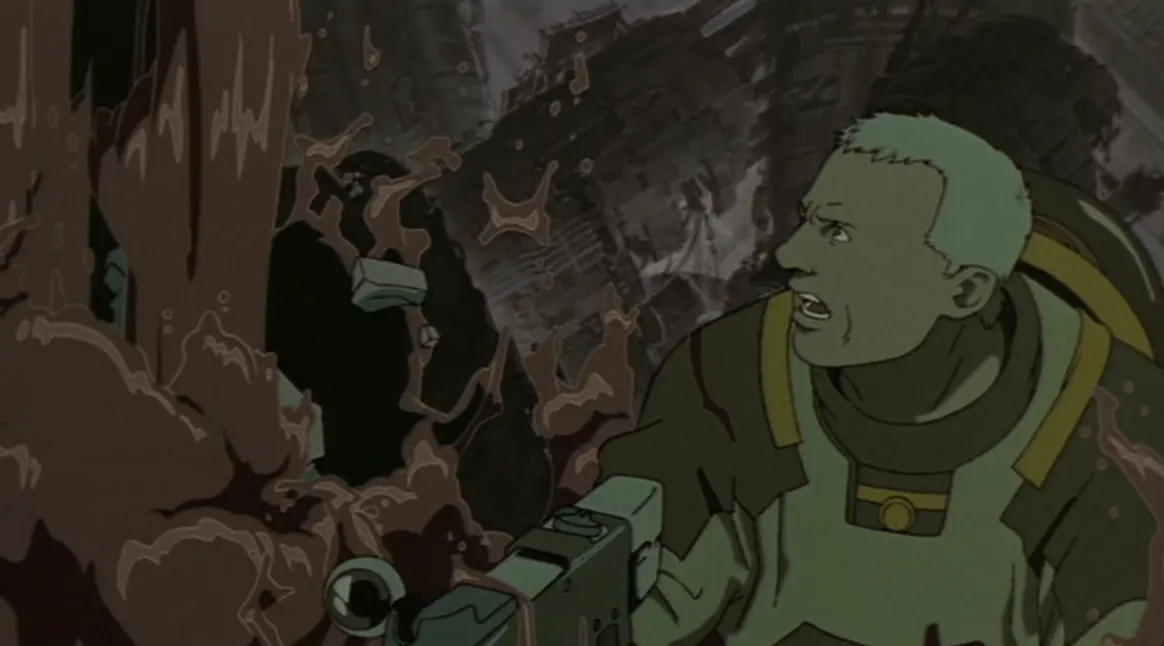
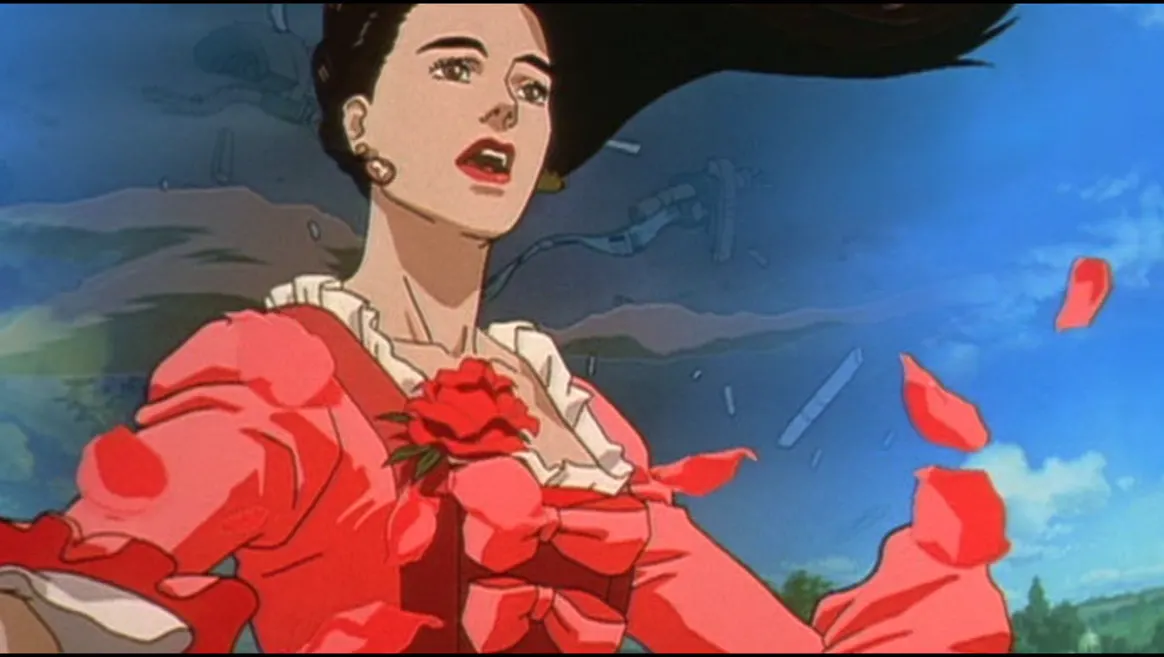
With spectacularly fluid animation – both in regards to character movement and epic scenery-chewing destruction, Magnetic Rose looks beautiful – certainly reminiscent of some of the grander sequences of Otomo’s Akira. What little narrative resolution it develops is in regards to Heintz’s sense of loss and regret involving the past loss of his daughter. We are left wondering about the ultimate fates of each character, though perhaps fearing the worst for each. As Kon’s preliminary study into ambiguity and dream logic (such as in Perfect Blue and Paprika) it is interesting, but is hardly his best work. The inscrutable character of Eva Friedel could be read as a precursor to Millennium Actress’s Chiyoko Fujiwara. Taken alone, this would be a vaguely diverting short – but what of its relation to its two companion stories?
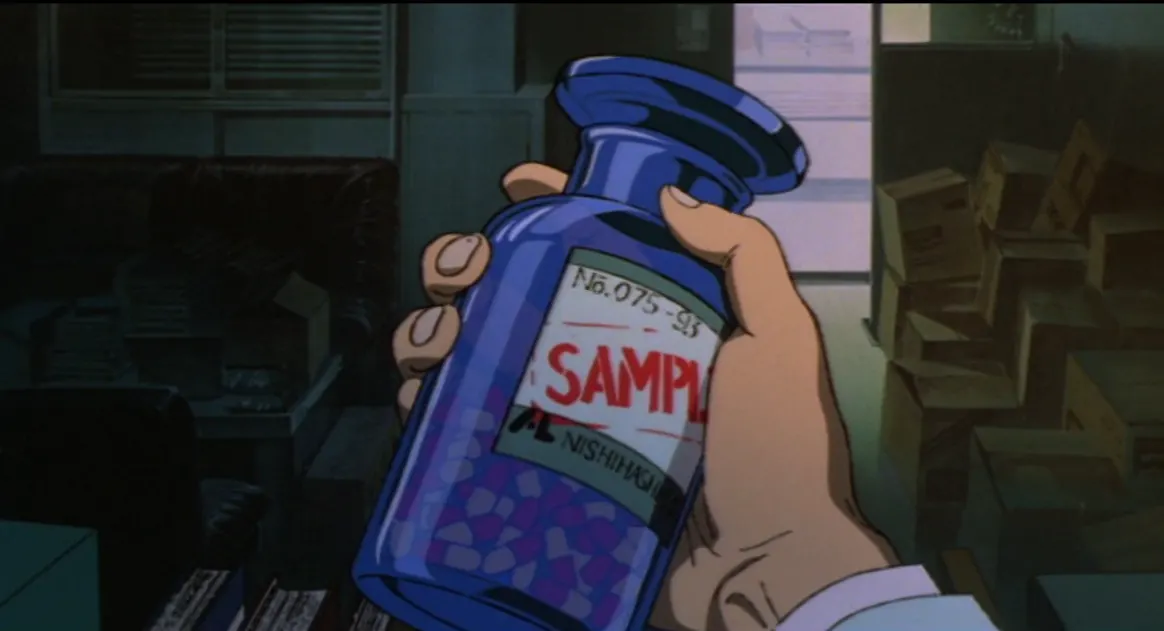
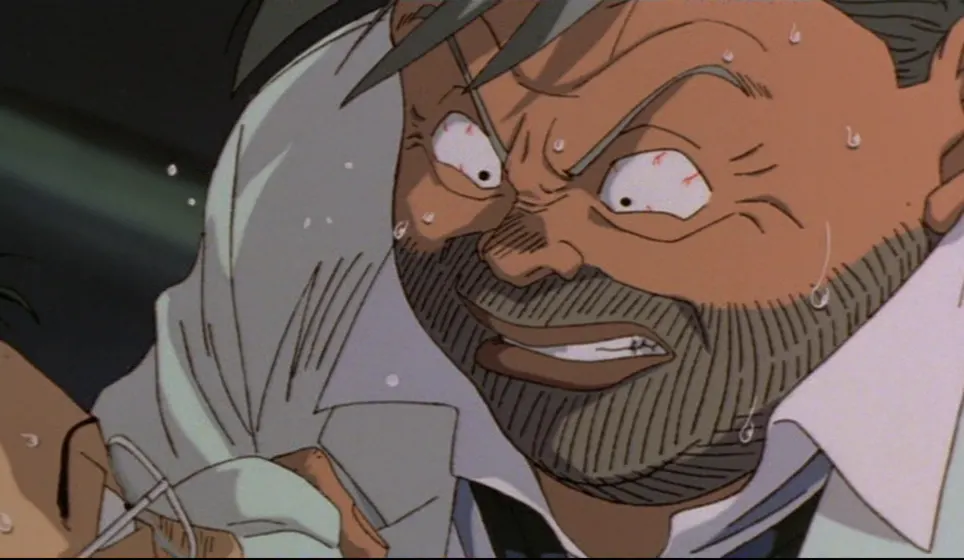
Stink Bomb is the second – and most overtly comedic – of the three shorts. As a medic with a healthy suspicion of big pharmaceutical companies, this is probably my favourite segment of the film. The humour in this is black. Thousands, possibly even millions of people die for the viewer’s guilty pleasure. Animated this time by Studio Madhouse and directed by Tensai Okamura (Wolf’s Rain, Blue Exorcist, Darker than Black, The Seven Deadly Sins) from Otomo’s own screenplay, this is a fast-paced caper filled with explosions and escalating madness with a race-against-time (and stupidity) at its core.
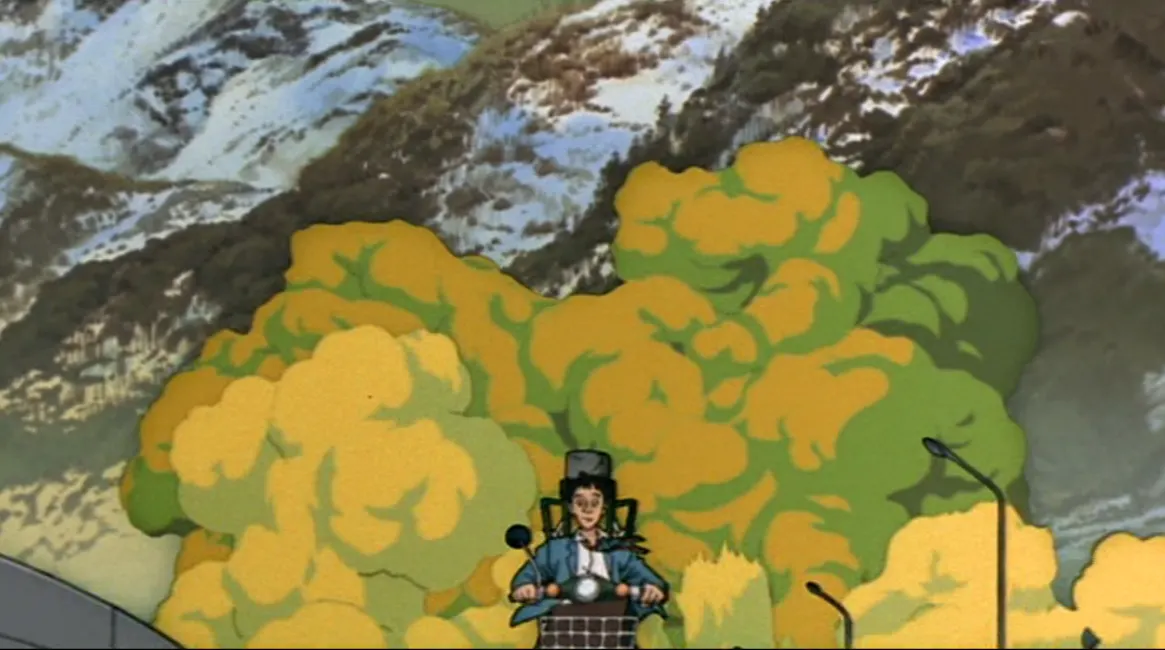
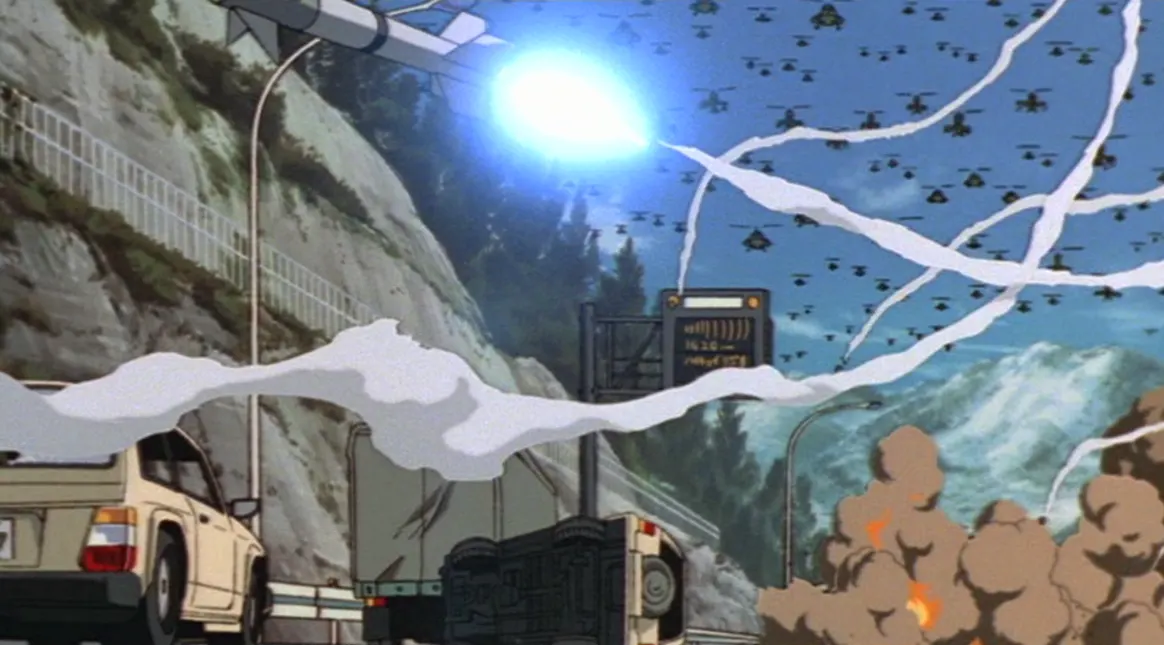
Lab technician Nobuo Tanaka accidentally ingests an experimental bioweapon instead of a flu remedy and becomes an unwitting agent of death as his body begins to spew a sweet-smelling gas that induces flowers to bloom and all animal life to die. He wakes to find all his colleagues dead and birds falling from the sky around him. During his desperate attempt to reach his company’s headquarters in Tokyo, he spectacularly fails to realise that the cause of the endless destruction that surrounds him is from within his own body, and the Japanese military expend greater and greater ever more insane levels of force to prevent him from progressing.
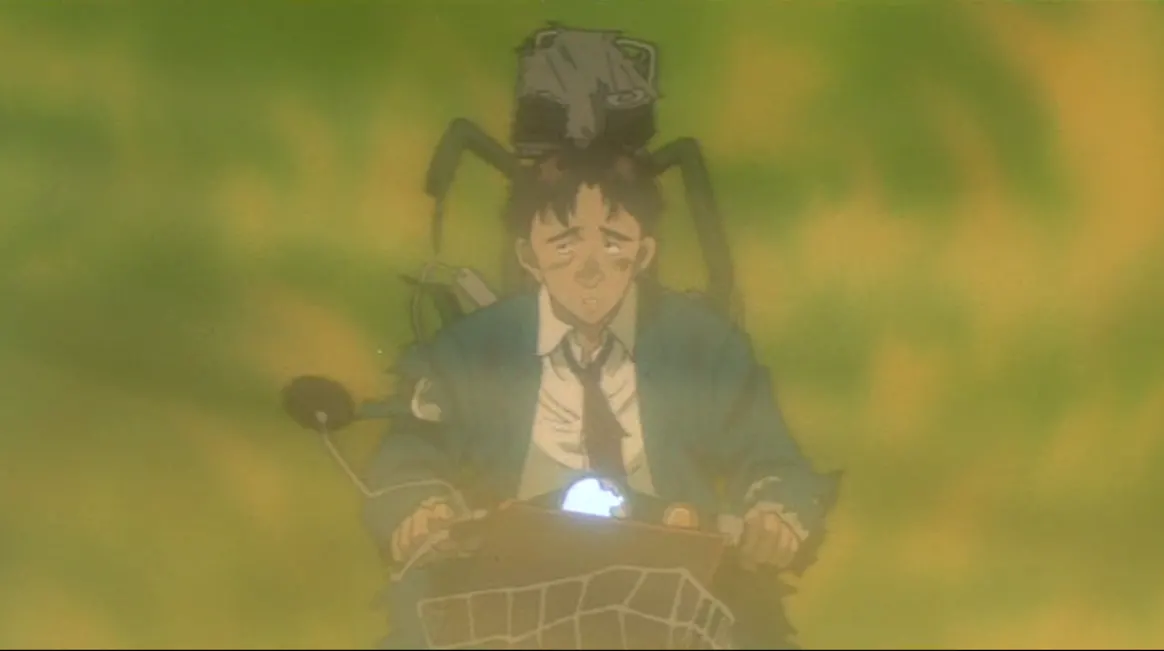
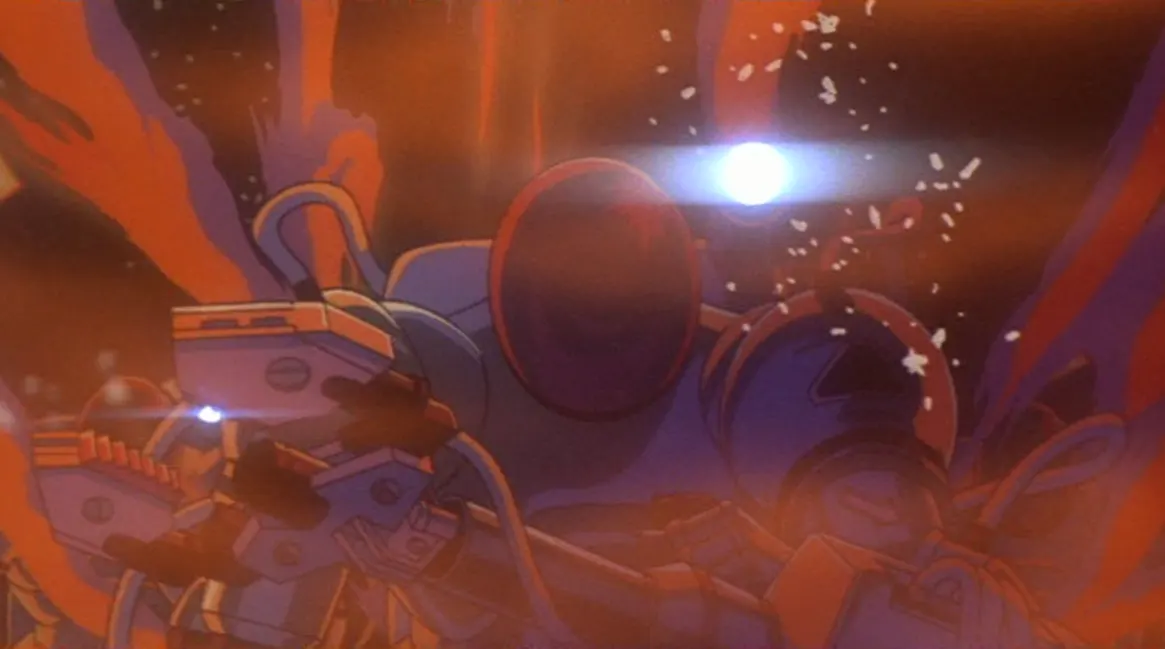
Like an unfeasibly lucky, unscathed Jerry mouse to the government’s overly-aggressive Tom cat incompetence, the slapstick humour of Nobuo’s journey is very reminiscent of those old American cartoons. The Japanese military leaders are incompetent caricatures, and the drug company boss is slimy and secretive. The American general is portrayed as smug, selfish and self-important. Subtle satire this is not. I especially enjoyed the extremely dark sting in the tale. This would be worth a watch on its own.
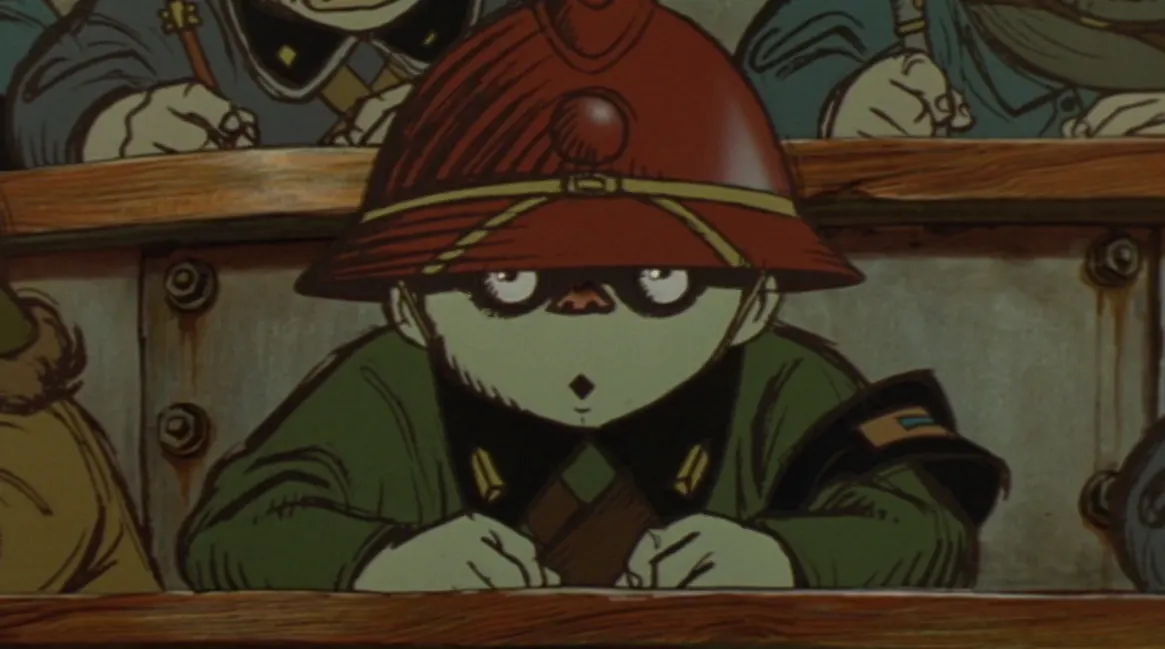

Finally, segment three is Cannon Fodder, written and directed by Katsuhiro Otomo himself, with animation once again by Studio 4 °C. This is one weird cartoon. It doesn’t expound a narrative per se, but follows what appears to be a normal day for a family of three – mother, father and son – in an overtly militaristic society where everything is geared towards the frequent firing of massive weaponry at an unseen enemy. Told almost entirely without words, we see the boy attend school, his father load enormous shells into building-sized cannons and his mother work in a munitions factory.
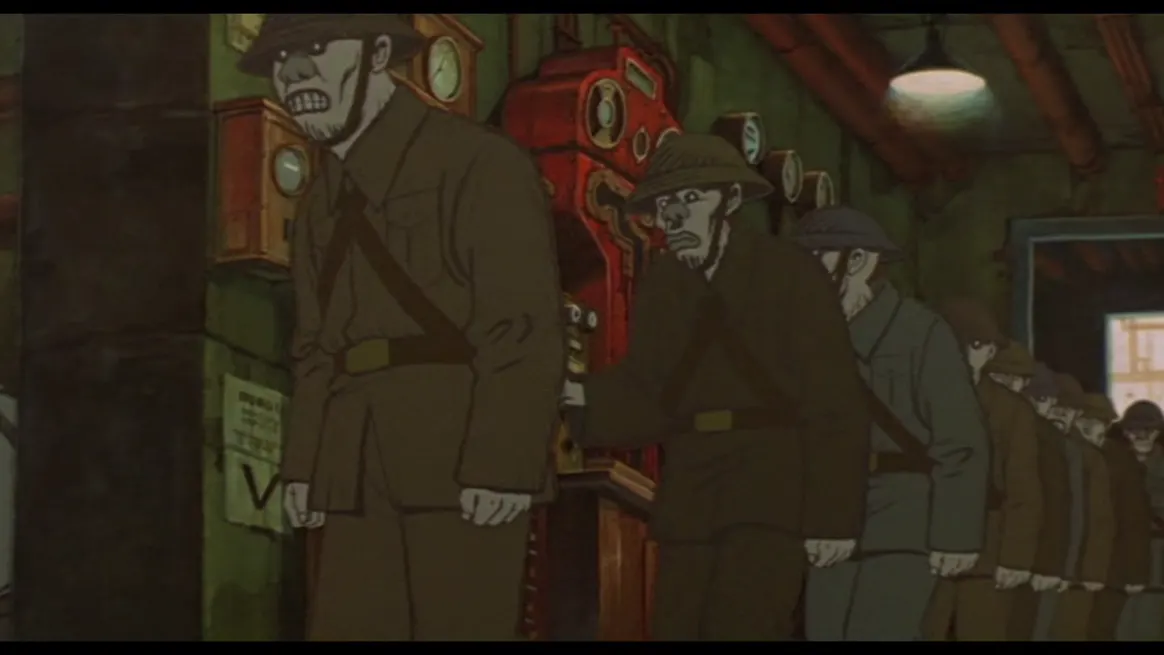
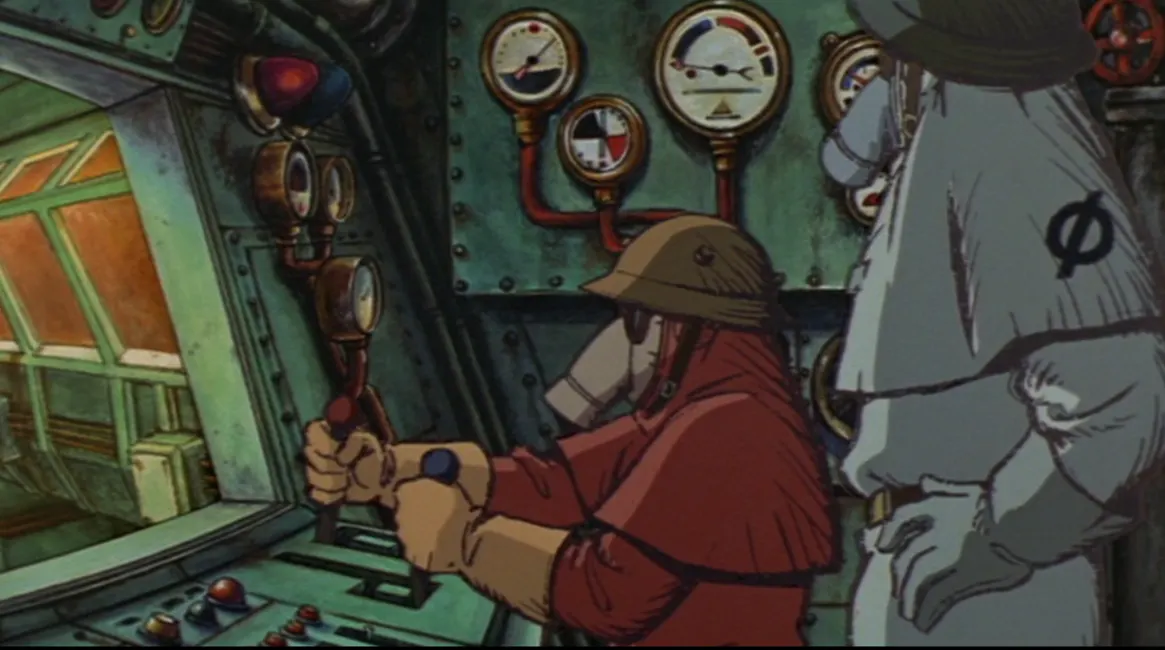
To say there is no story at all would be completely wrong – Otomo shows his absolute mastery of the animation medium to communicate all kinds of information about this dark, disturbing world. He uses long, complicated sweeps and pans that I still can’t quite work out how he managed without CGI. The individual people are clearly nothing more than cogs in a massive war machine, on the whole unquestioning in their rigidly defined roles. Even the boy’s dreams are heavily influenced by his culture – his drawings are of guns and soldiers, and his ultimate ambition is to become like one of the noble ruling class whose only job it appears is to press the launch button after the serfs have risked their lives loading the machines. As a treatise on the futility and dehumanising aspects of war, it speaks volumes using almost entirely pictures alone.
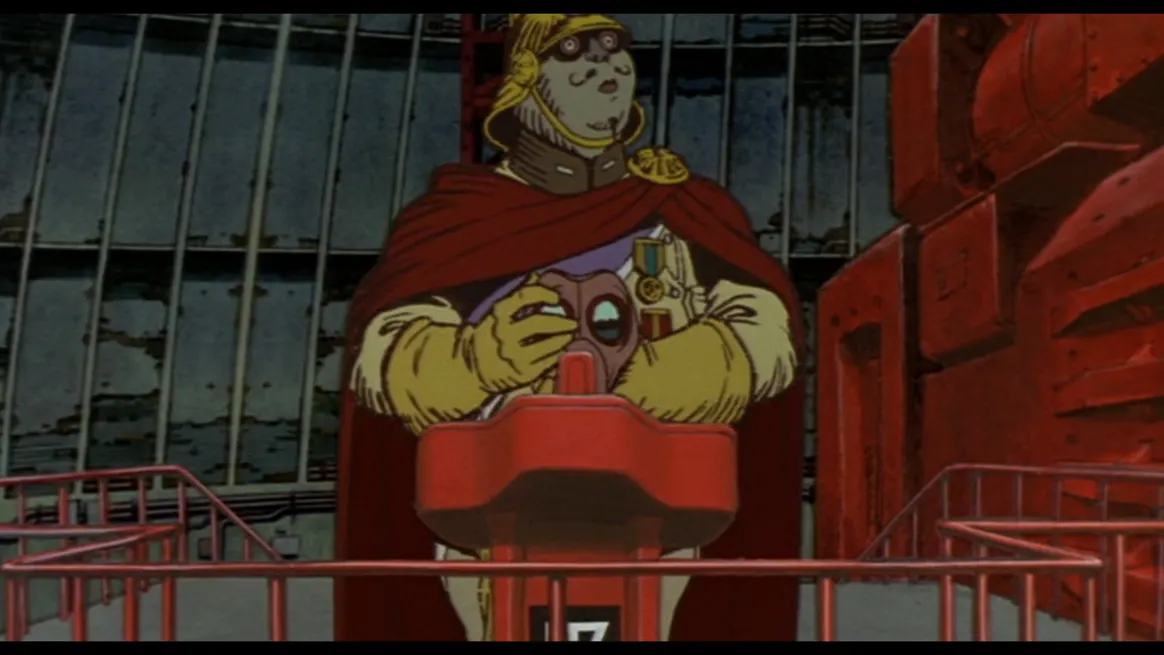
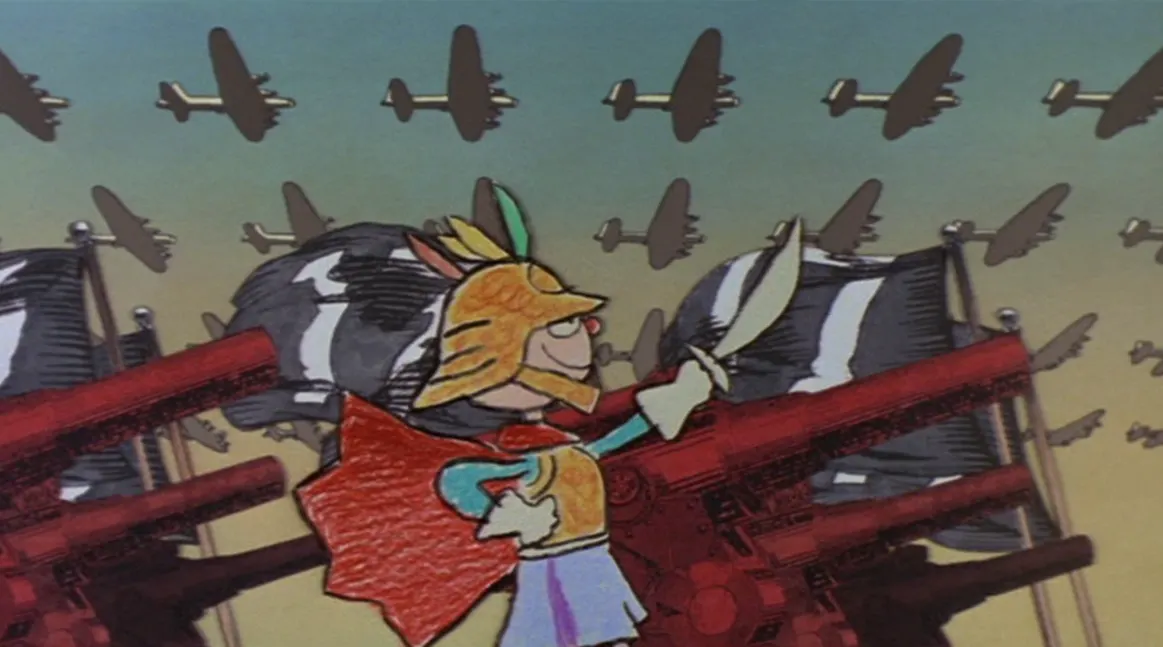
Special mention should go to the soundtrack for this section – discordant, industrial and bombastic with brass instruments and a full orchestra setting a militaristic mood. Each segment has very distinctive music – Magnetic Rose mainly operatic and Stink Bomb more upbeat, contemporary and comedic. Cannon Fodder is not so much entertaining as fascinating. I wonder what it all means, whether there even is an enemy or is the war merely a way to occupy the proles? It doesn’t answer this question, and nor should it have to – the people it follows don’t know either. Of all the segments I wish there had been more of – it would be this one.
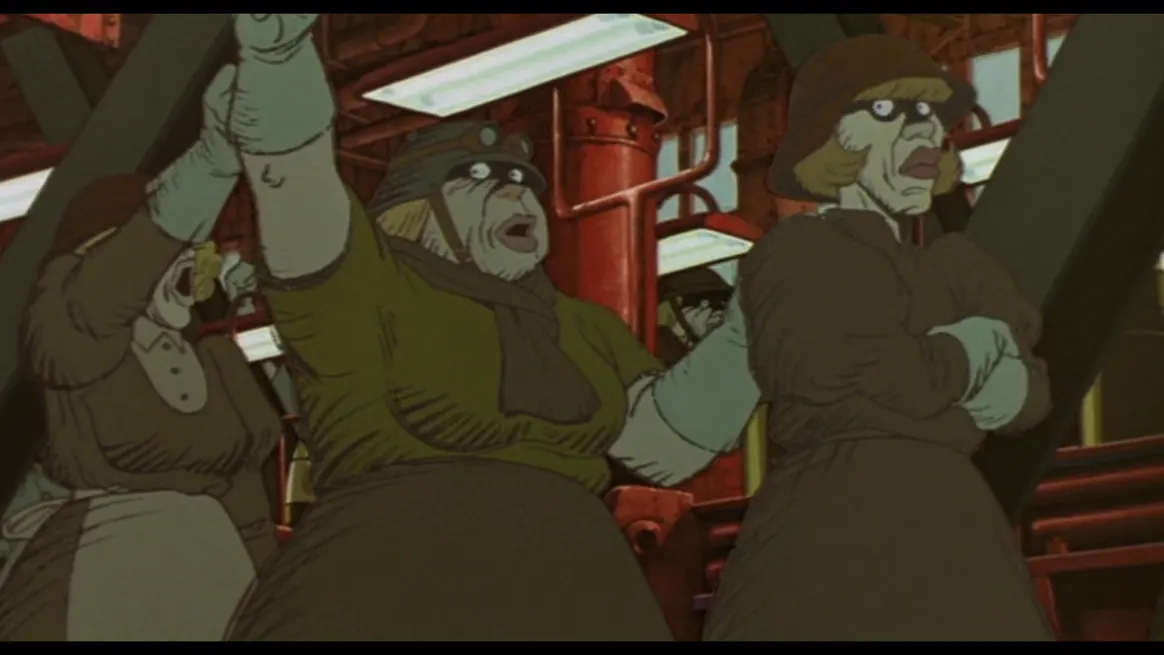

Memories is an odd mix. None of these stories particularly belong together – they’re all totally different in genre, tone and production design. All of them are worth your time though and each in their own way demonstrates landmark animation techniques. Each provides food for thought and is therefore a cut above the vast amount of anime released before and since. If you can seek out a copy, I heartily recommend that the just-under-two-hours to experience it is time well spent.

Directors: Koji Morimoto, Tensai Okamura, Katsuhiro Otomo
Format: PAL DVD Region 2
Language: German, Japanese, Italian and Spanish with English, German, Italian and Spanish subtitles
Classification: BBFC 12
UK DVD Release: June 21st, 2004
Japanese Cinematic Release: December 23rd, 1995
Run Time: 110 minutes

Get involved!
Comments